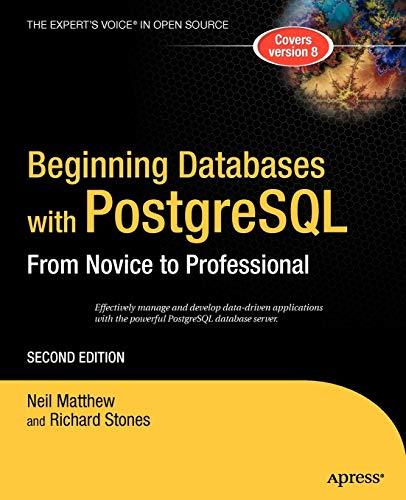

Your first task will be to implement the function dumb_multiply: @ Multiply two numbers together by brute force @ro - First unsigned value @r1 - Second unsigned value @ Returns ro * r1 dumb_multiply: bx lr This function works like this: unsigned int dumb_multiply(unsigned int a, unsigned int b) unsigned int i; unsigned int sum = 0; for(i=0; i num) { return; n_sar = n * 2 + 1; return 1; This function determines if a number is a perfect square, meaning that sqrt(num)2 == num. It does this in the dumbest way possible. If computes 12, 22, 34, etc. Starting at 1, it computes n2 for all values up to 32768. When it finds a value that is equal to num, we have found the square root and the number is a perfect square, so it returns a value of 1 (for true). If it finds a value greater than num, we have gone past the square root, so the number is not a perfect square. In that case, it returns a value of 0 (for false). The function computes (n+1)2 from n?, avoiding the multiply, which you know how to do, but we don't know how to call, yet. It takes advantage of this relation: (n+1)(n+1) = n2 + 2n + 1 You are to implement that function in assembly language. You are not allowed to use any assembly language operations beyond those we have covered up till now. + Can this be done in only four registers? + How do I implement break? # How to I implement n * 2? You are not required to account for overflows in any way. You may use this new assembly instruction: cmp: Name Effect Example Description cmp Rd - operand2 cmp ro, r1 Subtract and set flags* The cmp instruction works like a subtract instruction except there is no destination register. It performs the subtraction and sets the flags, but does not store the result. It's very useful for comparing two values. Your first task will be to implement the function dumb_multiply: @ Multiply two numbers together by brute force @ro - First unsigned value @r1 - Second unsigned value @ Returns ro * r1 dumb_multiply: bx lr This function works like this: unsigned int dumb_multiply(unsigned int a, unsigned int b) unsigned int i; unsigned int sum = 0; for(i=0; i num) { return; n_sar = n * 2 + 1; return 1; This function determines if a number is a perfect square, meaning that sqrt(num)2 == num. It does this in the dumbest way possible. If computes 12, 22, 34, etc. Starting at 1, it computes n2 for all values up to 32768. When it finds a value that is equal to num, we have found the square root and the number is a perfect square, so it returns a value of 1 (for true). If it finds a value greater than num, we have gone past the square root, so the number is not a perfect square. In that case, it returns a value of 0 (for false). The function computes (n+1)2 from n?, avoiding the multiply, which you know how to do, but we don't know how to call, yet. It takes advantage of this relation: (n+1)(n+1) = n2 + 2n + 1 You are to implement that function in assembly language. You are not allowed to use any assembly language operations beyond those we have covered up till now. + Can this be done in only four registers? + How do I implement break? # How to I implement n * 2? You are not required to account for overflows in any way. You may use this new assembly instruction: cmp: Name Effect Example Description cmp Rd - operand2 cmp ro, r1 Subtract and set flags* The cmp instruction works like a subtract instruction except there is no destination register. It performs the subtraction and sets the flags, but does not store the result. It's very useful for comparing two values








